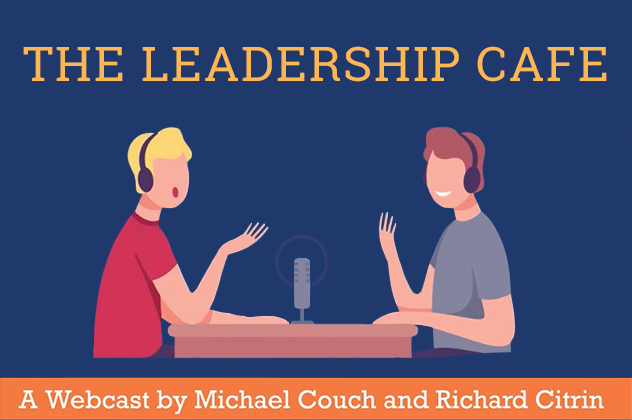Ten PM at night is usually bedtime for me but there I was at the manufacturing plant of one of my clients doing a presentation and discussion to 35 workers about finding a balance between work and rest. Part of their global wellness initiative on stress resilience, the plant manager asked me to speak to employees about stress issues that accompany working multiple 12 hour shifts from 5 PM to 5 AM and how you can find a balance between work and rest.
I had all the relevant research ready for the employees along with my “cheat sheet”* of information that delineates a slew of remedies that can use to improve sleep—everything from light shielding drapes to eating bananas before bed.
One of the interesting findings that I shared with the group was that about 2/3 of all employees who work non-traditional shifts do so out of preference—either a preference for liking working late nights or enjoying the time they have available to spend daytime with their family, such as being able to go to their kid’s classroom in the middle of the day. Even with the challenges of sleep adjustment, most folks choose this lifestyle.
Among members of this group and others sessions I conducted over a couple of days, another interesting point was made—Many employees find the stress at work to be less than the stress at home. They didn’t say that there was no stress at work, but that the stress at work was more easily addressed than some of their stress at work.
This finding supports some recent research that was completed by Sarah Damaske and Arlie Hochschild who measured stress levels of 122 working moms and dads. They collected samples of saliva that contained cortisol, which is known as the stress hormone, several times during the day. Their research found that cortisol levels were significantly lower during work than they work at home.
From a resilience point of view, these finding make perfect sense since we are usually able to have more control over our lives at work than at home. Sure you might be frustrated by a decision your boss has made, but you know exactly what you have to do to get the work done. At home, your teenager who stays out past their curfew may be a bit more difficult to manage and may not always follow your rules. Furthermore, you can always quit your job; not so for your family!
There were a lot of good takeaways that came out of our discussions last week and one of the most important ones was that once we understand the nature and kinds of pressures that exist for us at work and at home, we can quickly and efficiently come up with solutions to keep ourselves balanced.
*If you’d like a copy of the cheat sheet on Work Rest Balance, send me a note to [email protected]
]]>
